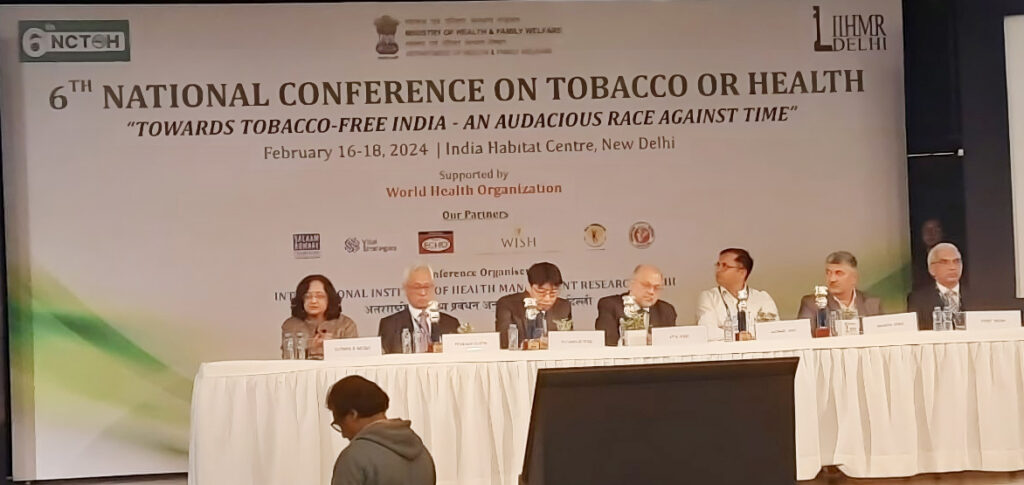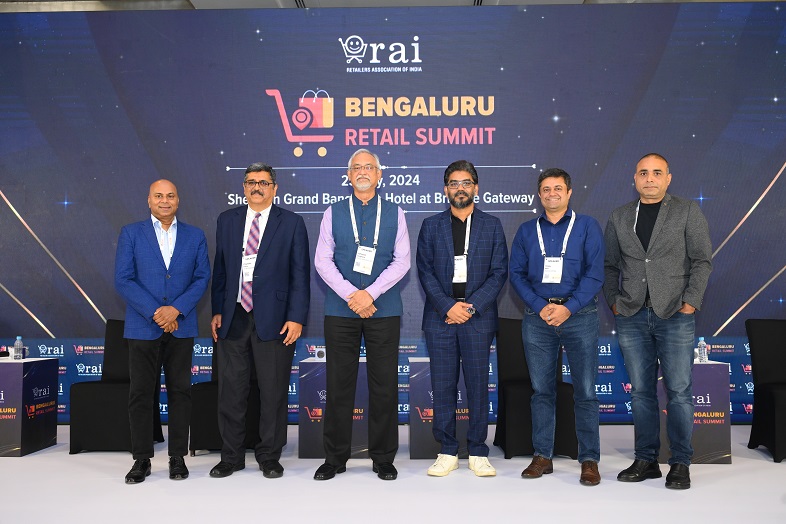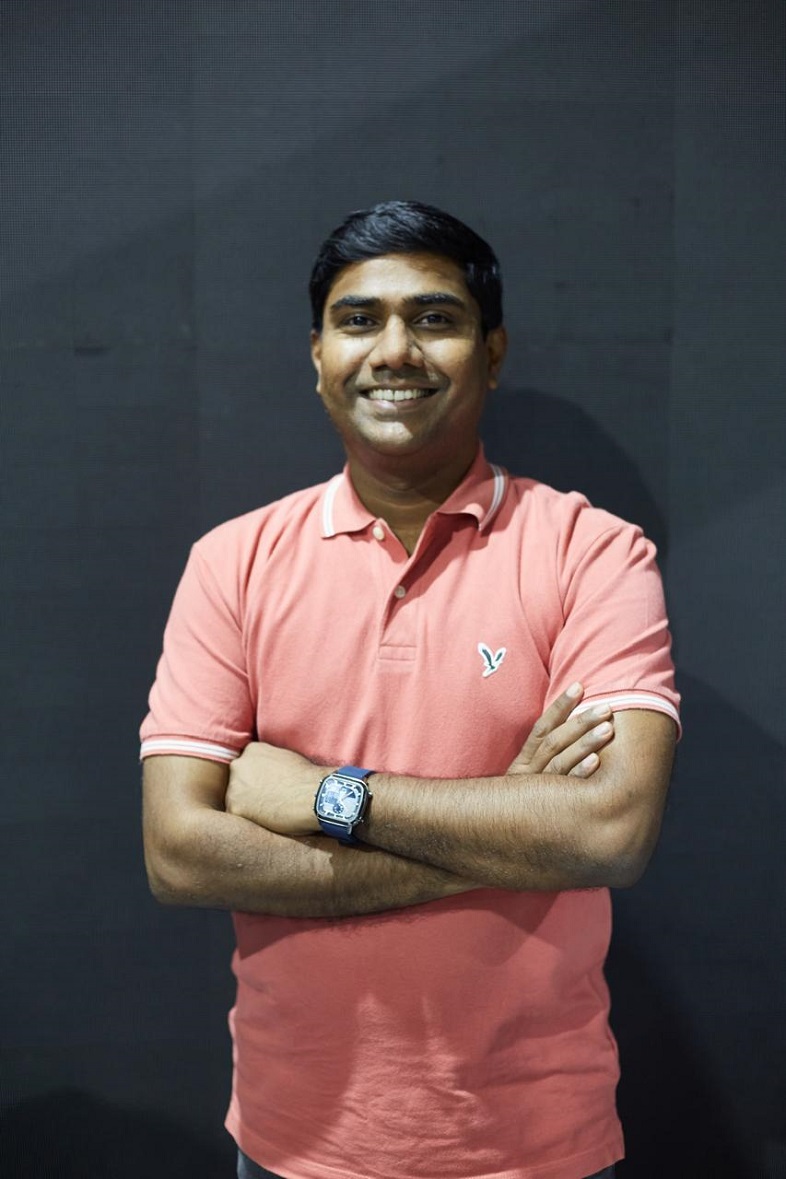New Delhi, Feb 17, 2024: India is in the midst of a formidable battle, facing an alarming toll of over 1 million annual deaths attributed to tobacco use. As the nation gears up for an ambitious race against time to achieve a tobacco-free status, Dr. Atul Goel, Director General of Health Services (DGHS), Government of India, highlighted the critical role of multisectoral intervention in navigating this journey towards a healthier future.

Speaking at the inaugural session of the 6th National Conference on Tobacco or Health, themed “Towards Tobacco-Free India – An Audacious Race Against Time,” Dr. Goel emphasized the need for a concerted effort across various sectors to tackle the deep-rooted issue of tobacco use in society. He also underlined India’s position as the 4th largest global producer of tobacco in 2021, highlighting the magnitude of the challenge.
Addressing the conference, Dr. Prof. Sutapa B Neogi, Director of IIHMR Delhi, President, 6th National Conference on Tobacco or Health, highlighted the grim reality of tobacco use in India, where more than 1 million people die each year from tobacco-related illnesses. She stressed the importance of uniting to combat the dual burden of smoking and smokeless tobacco, which currently affects nearly 29% of Indian adults.
The conference, serving as a platform for professionals, researchers, and policymakers, aims to exchange knowledge and best practices in tobacco control. Prof. Neogi emphasized the need for collective action to drive impactful change in tobacco control policies and practices.
Adding his perspective, Prof. K. Srinath Reddy, Honorary Distinguished Professor and Goodwill Ambassador of PHFI for Public Health Partnerships, exhorted for adaptive strategies and legislative measures to counter the tobacco industry’s relentless creativity in introducing new products. He emphasized the imperative need for collective action to combat the parasitic and water-consuming nature of tobacco cultivation, advocating for continued efforts to counteract the industry’s influence on health professionals and policymakers.
The pressing concerns were further highlighted by Dr L. Swasticharan, Additional DDG in the Directorate General and Director (EMR), Directorate General of Health Services, Ministry of Health and Family Welfare, GOI, who expressed alarm over the involvement of youth in tobacco consumption and the resultant global impact. Stressing the economic burden and the imperative to strengthen measures such as the NTCP and WHO-MPOWER initiative, he underscored the importance of multi-sectoral action at the national, state, and district levels to prioritize tobacco taxation and raise funds for a smoke-free India.
Dr. Yutaro Setoya, Team Lead for NCDs and Comorbidities at WHO India Country Office, reinforced the urgency to address the increasing burden of Non-Communicable Diseases (NCDs) in India, primarily attributed to tobacco use. With a WHO report indicating a 30% reduction in tobacco use in India, Dr. Setoya commended the country’s efforts while emphasizing the need for holistic eradication strategies and prevention initiatives targeted at the youth.
Dr. Jagdish Kaur, Regional Advisor for Tobacco Free Initiatives at the World Health Organization’s South-East Asia Regional Office (WHO-SEARO), says, “There is an urgent need for comprehensive policies to regulate surrogate advertisements of tobacco products, particularly smokeless tobacco. These policies should not only be formulated but also implemented effectively to curb the insidious promotion of tobacco in various forms. Such regulations are crucial to protect public health and prevent the exploitation of loopholes in advertising regulations.”
As India navigates the complex landscape of combating tobacco use, these experts collectively advocated for concerted and sustained efforts towards a healthier, tobacco-free future, underscoring the imperative to safeguard the nation’s youth and prioritize public health.


